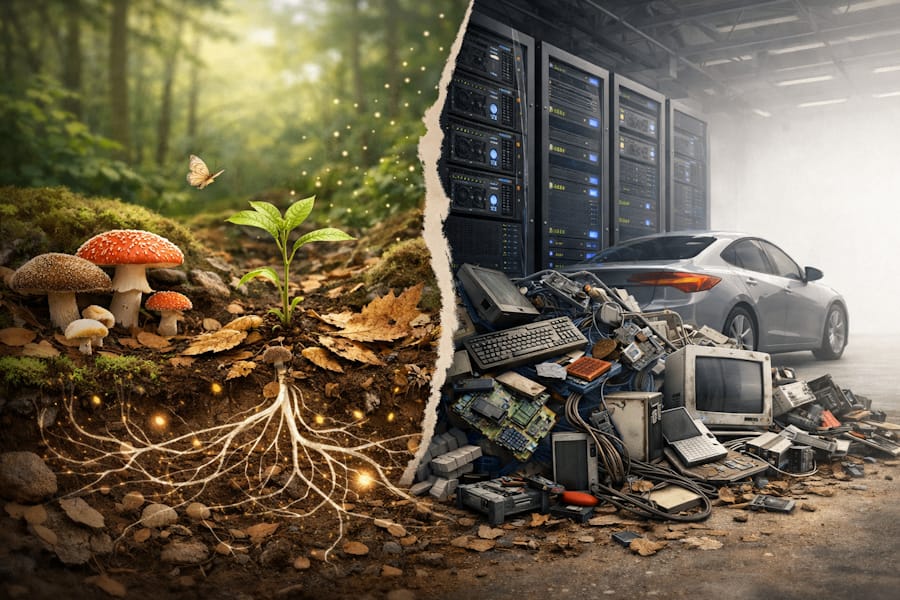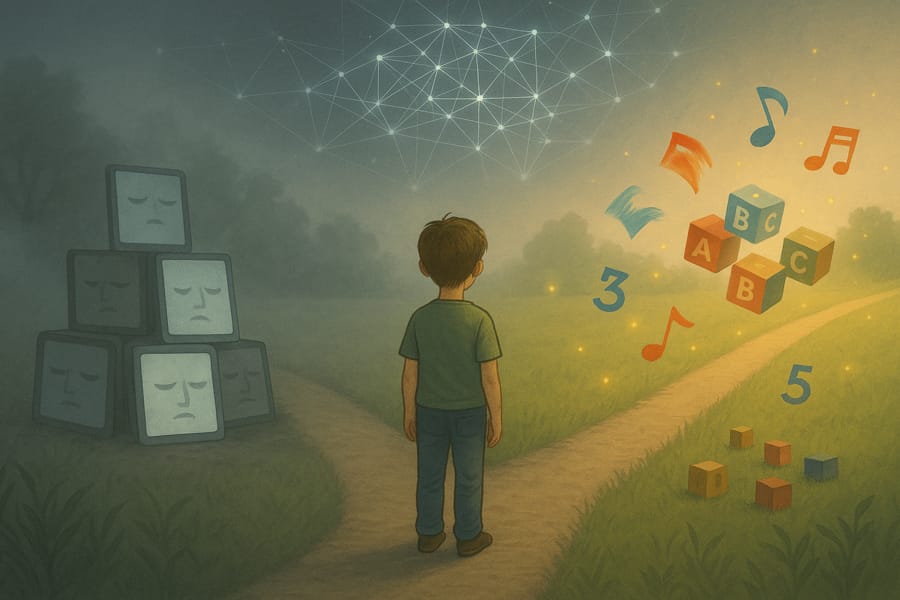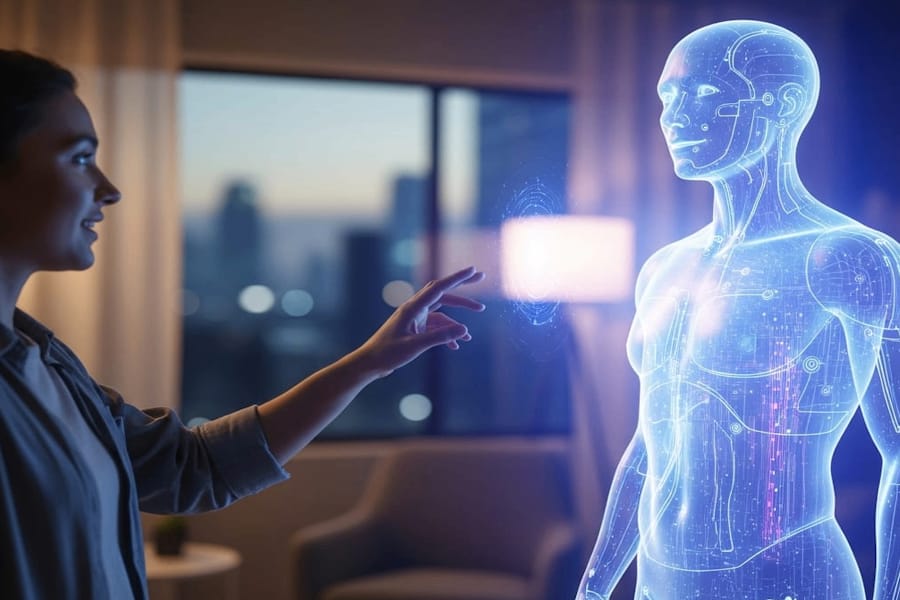Type: Article -> Category: AI What Is
What is a Neural Network?
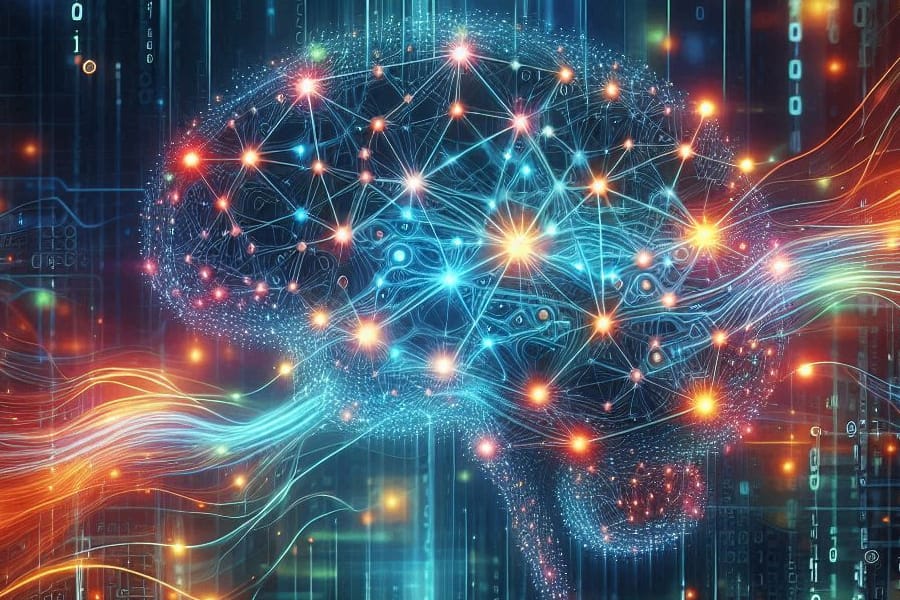
Publish Date: Last Updated: 10th November 2025
Author: nick smith- With the help of GROK3
Introduction
A neural network is a computational model inspired by the human brain's structure and function, designed to recognize patterns and solve complex problems. It consists of interconnected nodes, or "neurons," organized in layers that process input data to produce meaningful outputs. Neural networks are a cornerstone of artificial intelligence (AI) and machine learning, enabling machines to perform tasks like image recognition, language processing, and predictive analytics. But what is a neural network exactly, and how has it evolved to become a transformative technology?
What is a Neural Network?
At its core, a neural network is a system of algorithms that mimics the way biological neurons communicate. It is composed of:
-
Input Layer: Receives raw data (e.g., pixel values of an image).
-
Hidden Layers: Process the data through weighted connections, applying mathematical transformations to extract features.
-
Output Layer: Produces the final result (e.g., classifying an image as a cat or dog).
Each neuron in a layer is connected to neurons in the next layer, with weights assigned to these connections. During training, the network adjusts these weights using a process called backpropagation and optimization techniques like gradient descent to minimize errors. This allows the network to "learn" from data and improve its accuracy over time.
Neural networks excel at handling non-linear relationships and large datasets, making them ideal for tasks where traditional algorithms struggle. For example, a neural network can identify objects in photos or translate languages by recognizing patterns in vast amounts of training data.
History of Neural Networks
The concept of neural networks dates back to the 1940s:
-
1943: Warren McCulloch and Walter Pitts introduced the first mathematical model of a neuron, laying the groundwork for neural networks.
-
1958: Frank Rosenblatt developed the perceptron, a simple neural network capable of binary classification.
-
1980s: The introduction of backpropagation by David E. Rumelhart and others enabled training of multi-layered networks, overcoming earlier limitations.
-
2000s–2010s: The rise of deep learning, fueled by increased computational power (GPUs), large datasets, and advancements like convolutional neural networks (CNNs) and recurrent neural networks (RNNs), revolutionized AI.
-
Present: Neural networks power applications like autonomous vehicles, virtual assistants, and generative AI models, with ongoing research into more efficient and scalable architectures.
How Neural Networks Are Being Used
Neural networks are ubiquitous in modern technology, driving innovation across industries:
-
Healthcare: Diagnosing diseases from medical images, predicting patient outcomes, and personalizing treatment plans.
-
Finance: Fraud detection, stock market prediction, and credit scoring.
-
Automotive: Powering self-driving cars through object detection and decision-making.
-
Entertainment: Recommender systems for streaming platforms, video game AI, and content generation (e.g., AI-generated art or music).
-
Natural Language Processing (NLP): Enabling chatbots, translation services, and voice assistants like Siri or Alexa.
-
Robotics: Facilitating navigation and task automation in manufacturing and logistics.
For instance, convolutional neural networks (CNNs) are widely used in image recognition, while recurrent neural networks (RNNs) and transformers dominate NLP tasks. These specialized architectures highlight the versatility of neural networks in tackling diverse challenges.
Pros and Cons of Neural Networks
Pros
-
High Accuracy: Neural networks outperform traditional algorithms in tasks like image and speech recognition.
-
Adaptability: They can be applied to various domains, from healthcare to finance.
-
Pattern Recognition: Excel at identifying complex patterns in unstructured data (e.g., images, audio).
-
Scalability: Deep neural networks improve with more data and computational resources.
Cons
-
Computational Cost: Training large networks requires significant computational power and energy, raising environmental concerns.
-
Data Dependency: Neural networks need vast amounts of labeled data to perform well.
-
Black Box Nature: Their decision-making process is often opaque, making it hard to interpret or debug.
-
Overfitting: Without proper regularization, networks may memorize training data instead of generalizing to new data.
Future of Neural Networks
The future of neural networks is promising, with several exciting directions:
-
Efficiency: Research into spiking neural networks and neuromorphic computing aims to create energy-efficient models that mimic biological brains more closely.
-
Explainability: Efforts to make neural networks more interpretable will improve trust and adoption in critical fields like healthcare and law.
-
Generalization: Advances in few-shot learning and transfer learning will reduce data requirements, enabling networks to learn from smaller datasets.
-
Integration with Other Technologies: Neural networks will increasingly combine with quantum computing and edge AI to enable faster, decentralized processing.
-
Ethics and Regulation: Addressing biases in training data and ensuring ethical AI deployment will be critical as neural networks become more pervasive.
By 2030, neural networks are expected to underpin advancements in autonomous systems, personalized medicine, and even artificial general intelligence (AGI), potentially transforming society in profound ways.
Neural Networks on YoutTube

How to Get Started with Neural Networks in 2025: Fast Track with Coursiv
YouTube Channel: CRYPTO LADY
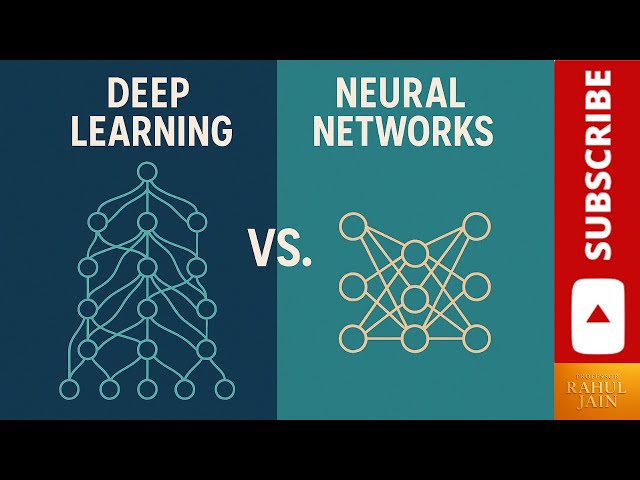
Deep Learning vs. Neural Networks – What’s the Difference?
YouTube Channel: Professor Rahul Jain
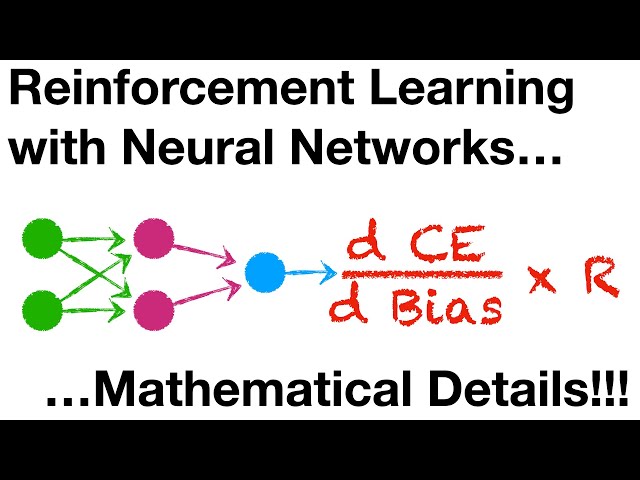
Reinforcement Learning with Neural Networks: Mathematical Details
YouTube Channel: StatQuest with Josh Starmer

MIT 6.S191: Convolutional Neural Networks
YouTube Channel: Alexander Amini
Conclusion
So, what is a neural network? It’s a powerful tool that emulates the human brain’s ability to learn and adapt, driving breakthroughs in AI and beyond. From their humble beginnings in the 1940s to their current role in powering cutting-edge applications, neural networks have come a long way. While they offer immense potential, challenges like computational costs and interpretability must be addressed to unlock their full capabilities. As research progresses, neural networks will continue to shape the future, making our world smarter, more connected, and more innovative.
Latest AI Articles
AI Questions and Answers section for What is a Neural Network?
Welcome to a new feature where you can interact with our AI called Jeannie. You can ask her anything relating to this article. If this feature is available, you should see a small genie lamp above this text. Click on the lamp to start a chat or view the following questions that Jeannie has answered relating to What is a Neural Network?.
Be the first to ask our Jeannie AI a question about this article
Look for the gold latern at the bottom right of your screen and click on it to enable Jeannie AI Chat.
Type: Article -> Category: AI What Is




